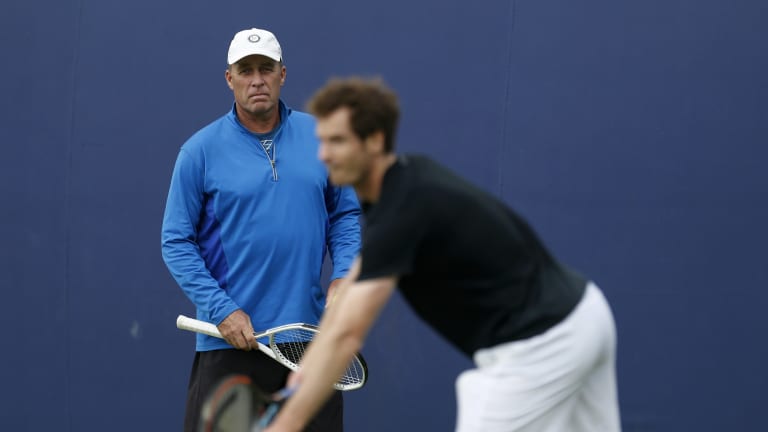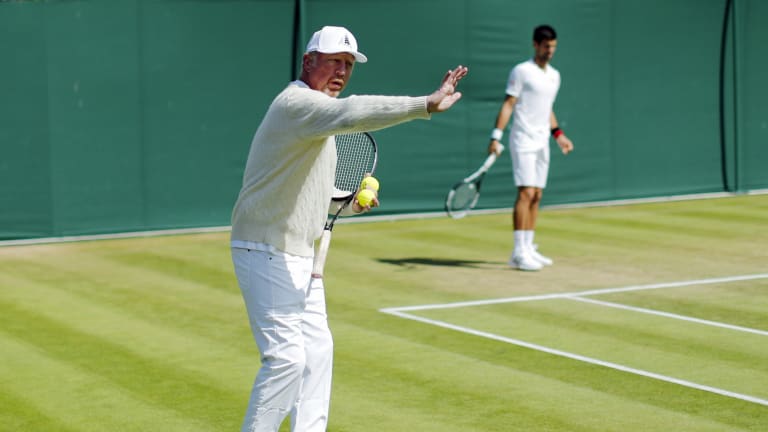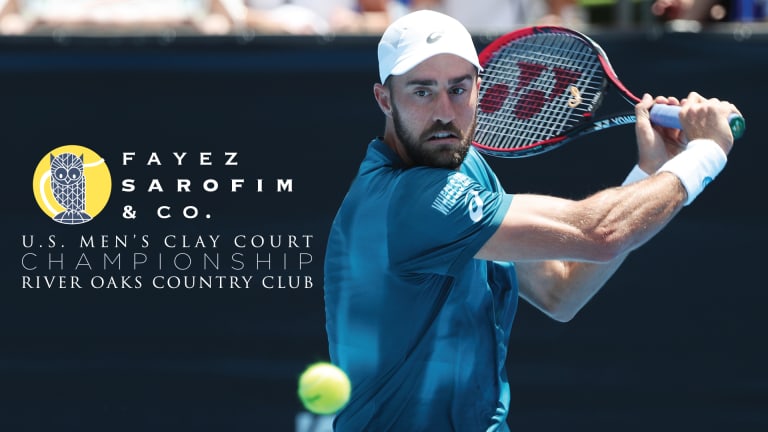It was the afternoon of July 8, 2012, and Andy Murray had just endured the most painful three hours of his tennis career. The Brit had lost his first Wimbledon final, to Roger Federer, in front of a celebrity-filled Centre Court crowd. Then, during the trophy presentation, Murray had shed tears as he tried to speak. And why not: it was the 25-year-old’s fourth major final, and his fourth defeat.
Perhaps most mortifying, Murray had done all of this in front of the legendary player who had agreed to become his coach six months earlier, Ivan Lendl. The feared former champion known as “The Terminator” had watched in his customary, stone-faced way as Murray let his chance to become the first British man to win Wimbledon in 76 years slip away. What was Lendl going to say now?
“He told me he was proud of the way I played,” Murray recalled. “I think he believed in me when a lot of people didn’t.”
What Lendl’s faith meant to Murray quickly became apparent. One month later, on the same court, Murray beat Federer for Olympic gold. One month after that, he won his first Grand Slam title, at the US Open. And one year later, Murray took the final step on Centre Court and won Wimbledon.
It was enough to make Lendl, who had lost in all 14 of his attempts at the All England Club, finally crack a smile.
“I’m just happy I managed to do it for him,” Murray said.
During those 12 months, Murray fulfilled his considerable potential, and he did it in part because the man he had hired to toughen him up had shown a surprising capacity for empathy, the kind that champion athletes have never been known for. The supercoach era had begun.


